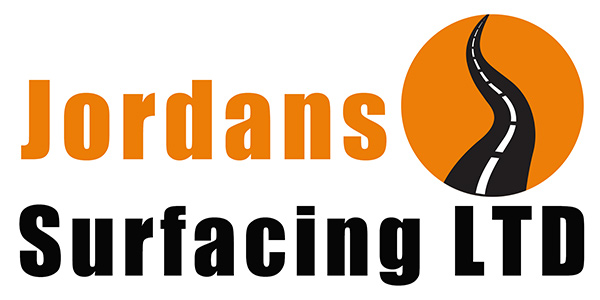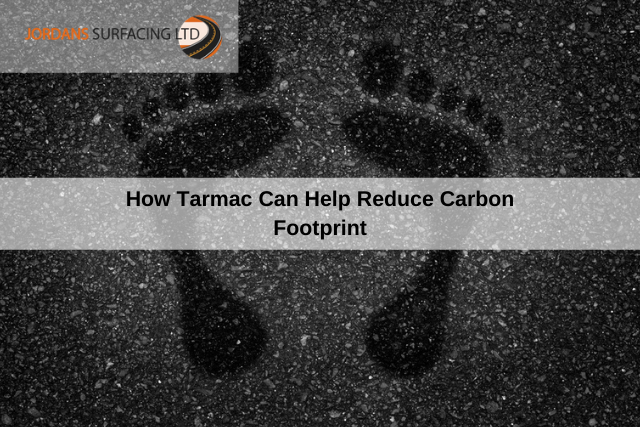In recent years, the use of environmentally-friendly tarmac has become the new norm across all industries.
As the number of road and pavement building contractors increase, it is now more critical than ever before to lower carbon footprints by utilising carbon-free practices and aggregates.
Although its solvable, unpredictable climate change is on the rise. Luckily, you can incorporate plenty of actionable steps to save the world from an ever-changing climate. Below are ways in which tarmac can lower the carbon footprint.
Tarmac Materials are Recyclable
There are high chances that the tarmac you are driving on has undergone several recycles. Keep in that contractors can derive tarmac from recycled and reclaimed materials.
Ideally, it can be a mixture of rubber extracted from old vehicle tires, old roofing shingles or even previously used tarmac. In fact, when it comes to pothole repairs, tarmac is seen as the number one option to use due to how easy it is to reclaim.
It Conserves Energy
Research indicates that tarmac pavements use significantly lower energy than other paving materials during the production and construction times. You can only compare the energy saved throughout the production process to the amount saved during tarmac application and usage.
On a daily basis, tarmac driveways, parking lots and roadways come in handy in reducing the energy used by motorists. What’s more, tarmac lowers congestion on major roads, and in the process, leads to energy conservation.
Cost-efficiency and Easy Maintenance
Cost-efficiency and ease of maintenance go hand in hand with tarmac paving technology. For instance, the tarmac paving technology used by Jordan Surfacing boasts an incredible lifespan.
Provided roadways are taken care of, and appropriate repair works are administered, the road will undoubtedly last for decades.
Tarmac is a Sustainable Paving Material
Tarmac is one of the best sustainable paving materials out there compared to gravel, concrete and composite pavements.
Provided its appropriately designed, deployed and maintained over the years, it will not require significant repairs and reconstructions because it will endure damages.
Often, only the tarmac’s top layer will be removed, replaced or refilled should it develop minor cracks from time to time. The good thing is that these minor damages demand only a hot or cold patch.

